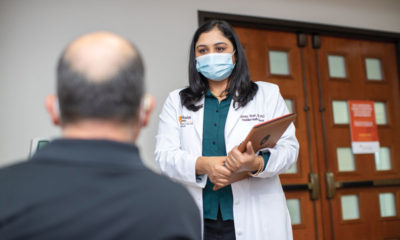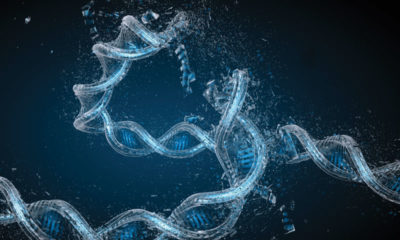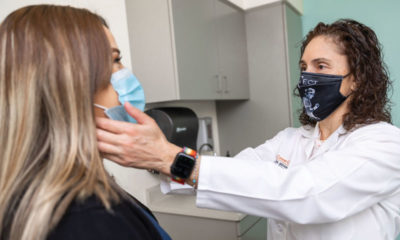Fighting Cancer Cells That Grow with Therapy

Mays Cancer Center Annual Report

A cancer therapy may shrink the tumor of a patient, and the patient may feel better. But unseen on a CT scan or MR image, some of the cells are undergoing ominous changes. Fueled by new genetic changes due to cancer therapy itself, these rogue cells are becoming very large with twice or quadruple the number of chromosomes found in healthy cells. Some of the cells may grow to eight, 16 or even 32 times the correct number. Quickly, they will become aggressive and resistant to treatment. They will eventually cause cancer recurrence.
Daruka Mahadevan, MD, PhD, leader of hematology and medical oncology care at the Mays Cancer Center, has studied this progression for 20 years. In a paper published in April 2020 in the journal Trends in Cancer, he and co-author Gregory C. Rogers, PhD, explain that two cancer-causing genes, called c-Myc and BCL2, are operative in “double-hit” high-grade lymphomas, which are incurable.
These genes are part of the problem, because when they are present, they help the lymphoma cells to live longer and prime them to become large cells with treatment. Although the drugs seem to be working, once therapy is stopped, the large rogue cells (called tetraploid cells) start to divide again and become smaller but faster-growing cells, driven by c-Myc and BCL2.




